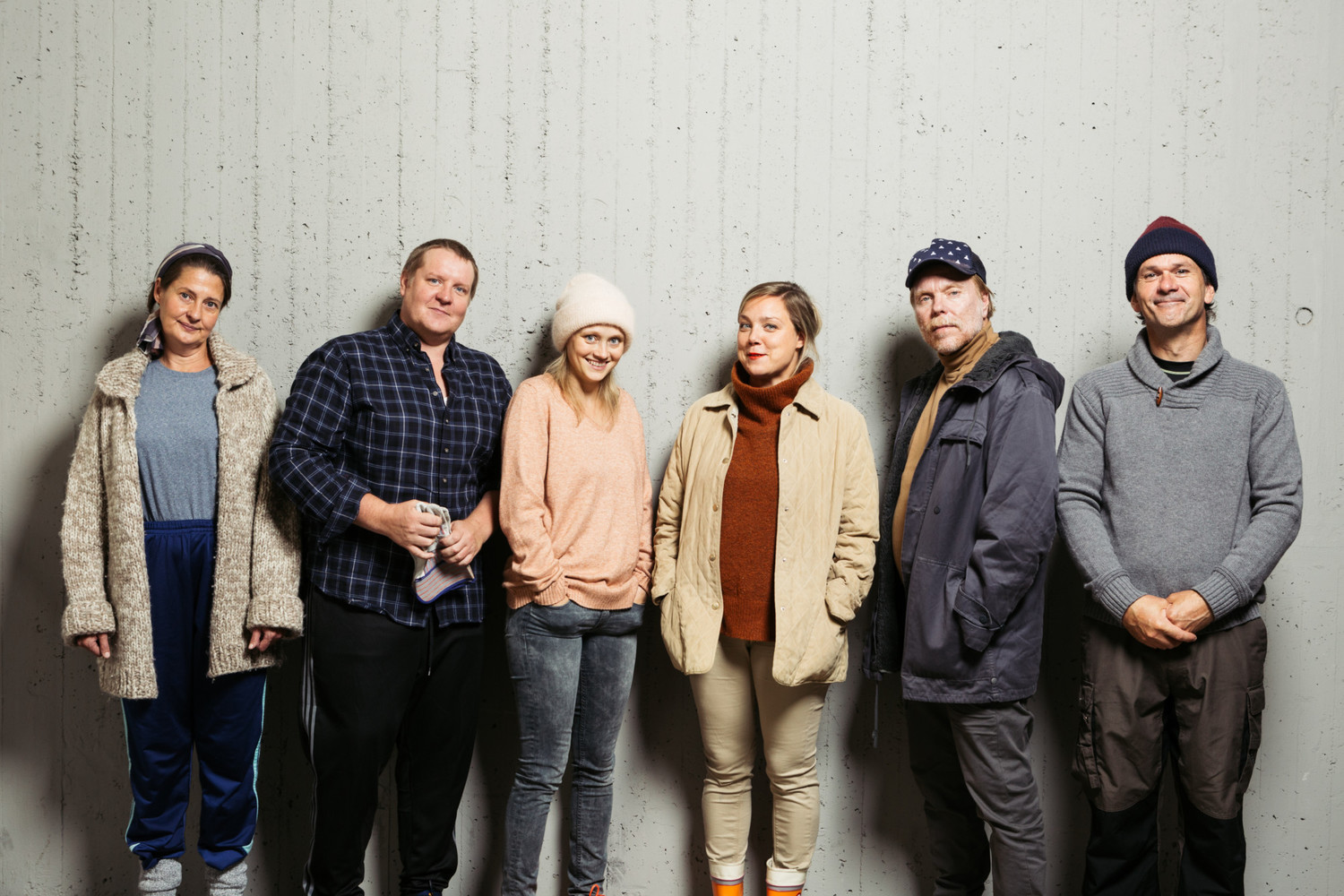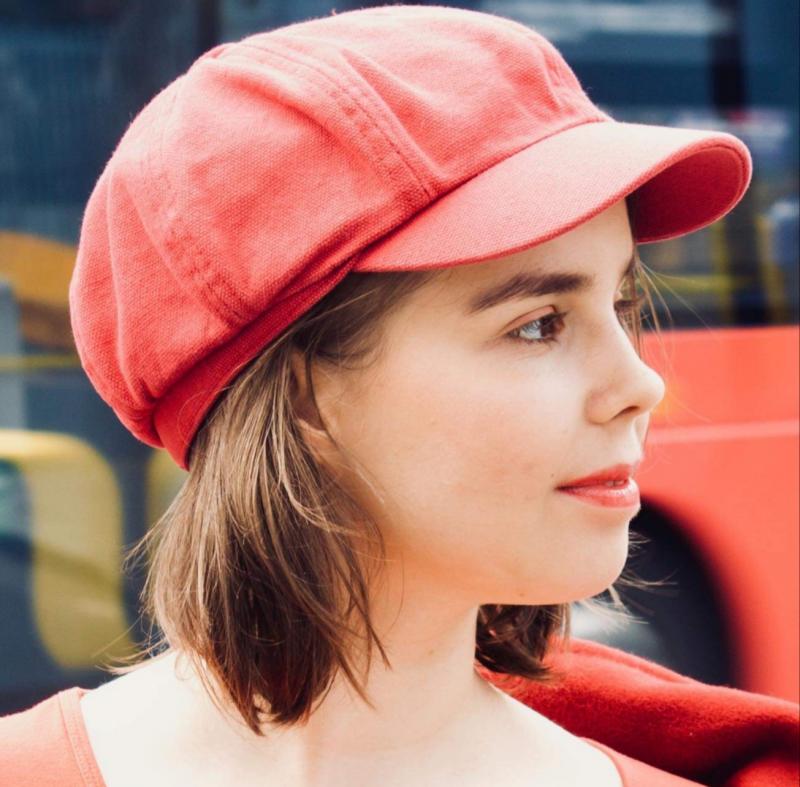Review: 9 HYVÄÄ SYYTÄ ELÄÄ (9 GOOD REASONS TO LIVE) at Ryhmäteatteri

Lights get dimmer and moodily blue. Our main character walks on stage. She starts describing people who walk by. They're neighbours. Some of them she doesn't know. But all of them carry the same baggage, the pain of being left alone.
Before I went to see this play I was sure it was about depression. But then I realized it took on a deeper issue: social exclusion.
"One should be active, but it's not that easy". In the beginning of the play we see how our main character Klara (Ella Mettänen) struggles in her apartment. She wants to go out of her grey apartment. She preps herself, does a little dance, grooves... But no. A postman scares her just before she's gone out of the door. Luckily a psychiatrist (Robin Svartström) comes to visit her and gives her a notebook and an assignment: write 9 reasons to live. Well, why 9? Because the 10th will come by itself.
The group dynamics of the Group-theatre (Ryhmäteatteri) is very good. They use the same kind of music box background music that is familiar to their former plays and it worked very well. Little, beautiful details are found from the stage lighting: the room's color has a blue tint to it, but the door that leads out is gently colored in red. At the background there's a yellow street light. Through the ways of theatre the play is able to bring some mental torments on stage for example when Klara was finally able to step out of the door in spite of her fear. We saw how she faced only negativity from her high-rise neighbours because of how she was and looked: it might have been cruel reality, but it also might have been her own interpretation of her neighbours' expressions and words they spoke. For example the way the elderly man (Santtu Karvonen) who walked with his walker spoke didn't have any negativity in it. The actor just made aggressive looks and rolled his eyes a little. In my mind I saw the scene in a way that the elderly man just wanted to blabber something, by himself perhaps, but Klara interpreted it through her own fear and unwellness of mind to be about her.
The moral of the story was to show how we all carry pain others don't know about. Even the psychiatrists who carry others as their profession have their own burdens themselves. It was shown how a little scorn to a bum or a person who looks like a narc is never a good idea. No one decides to be a narc or a bum or mentally ill.
"It really affects your mind, whatever is around you."
Something I personally disliked in the setting was how in one of the scenes where Klara talked to a spider that lived in her sink, the spider was projected onto the background to move. I found it a little distressing and unnecessary, especially when the spider was introduced at first to be in the sink and thus in our imagination. It would have worked better without an image of it, especially a moving, large one. Also, the projection of the suburb scenery worked so well and brought a great atmosphere I wondered why it wasn't used all the time when Klara was in her room.
One of the touching scenes were when the little girl (Pihla Penttinen) who wasn't much introduced was out of the blue found from the garbage shed, vomiting: "...I was just spitting out my chewing gum", she says to Klara and her psychiatrist and steps off. After her is left an empty chocolate bar on the ground. "Well, this is not our issue, but..." the psychiatrist of our main character blurted out. His hands are too full of his own customers that he still has a bunch to visit today. And so he breaks down in loud cries. Klara loses her psychiatrist to burnout. When she tries to call and inquire for a new one, one that would visit her regularly, she is only invited to group therapy due to the Department of Health and Human Services's new arrangements that actually are currently going on in Finland. And when we've followed Klara's journey, we surely know she doesn't have the power to go out of her house to such arrangement. I was also moved by the elderly man's final memories and also physical representation of his youth, the memories that came from the brain that didn't catch reality so well. But for one moment, he was young again and stood tall. It was very powerful, though simple scene. Also the bus scene was very tragic, yet heartful and skillfully made. It really dug deep into one character's past and pains: "You don't know anything of his life! You don't know anything what he's been going through!"
All in all 9 good reasons to live is very touching story full of representations of various hapless fates of lives. The play is full of little details and symbols, whether in colors or just the way someone is dressed. The play doesn't feed information but leaves space for audiences imagination and own thoughts and interpretations, and a possibility to see her own self.
Photos: Mitro Härkönen
Article: Rosanna Liuski

Reader Reviews

Videos

